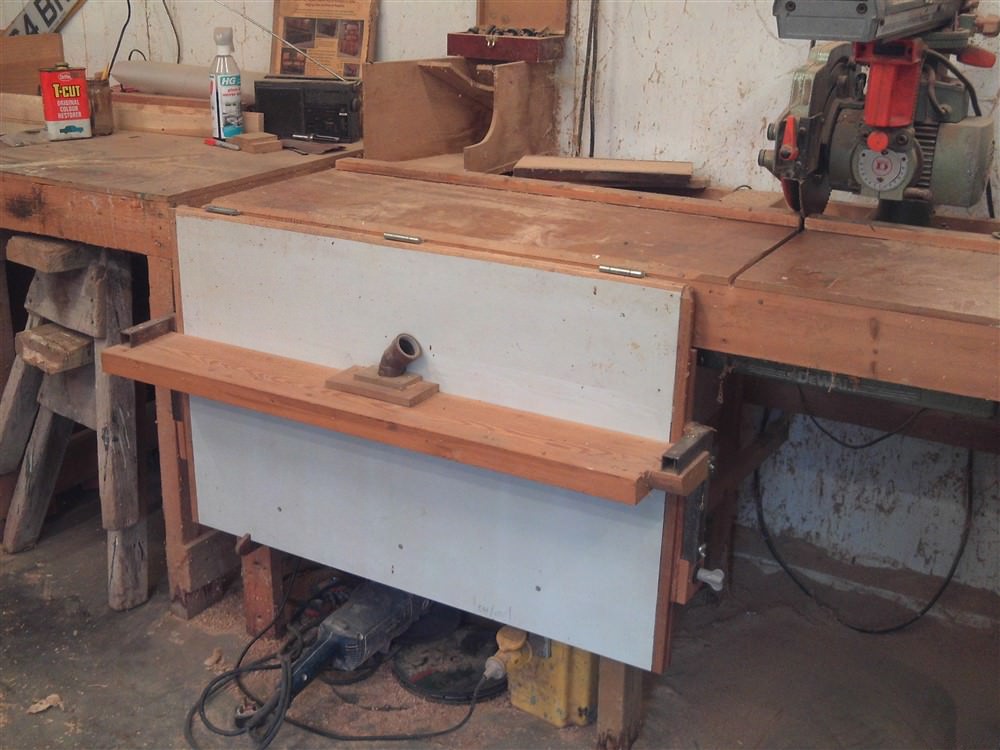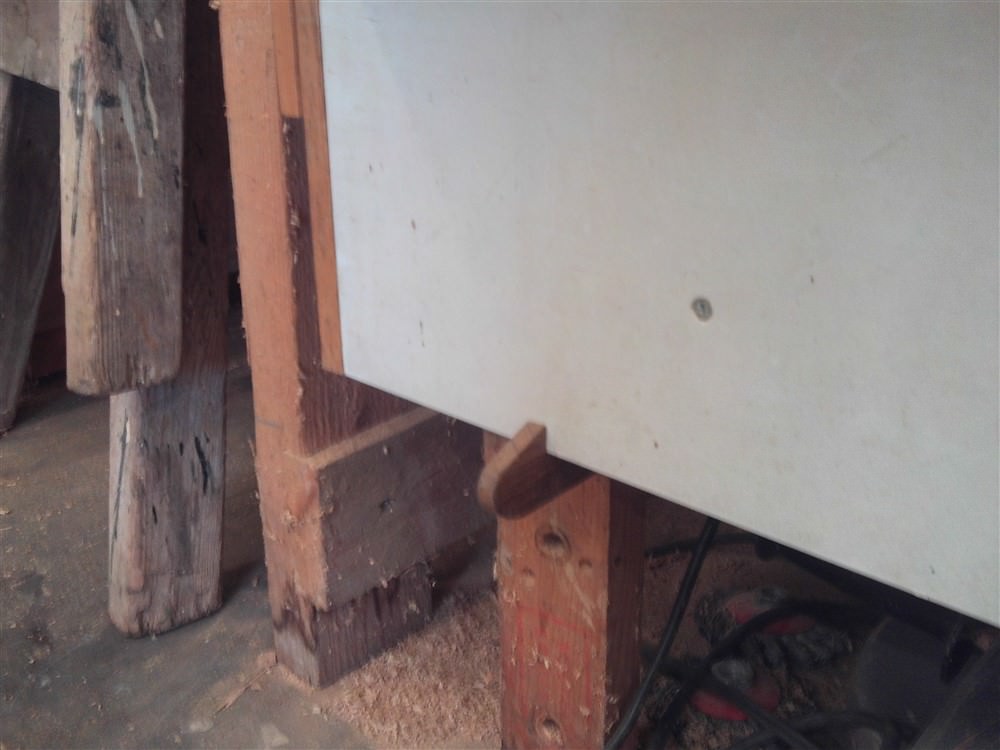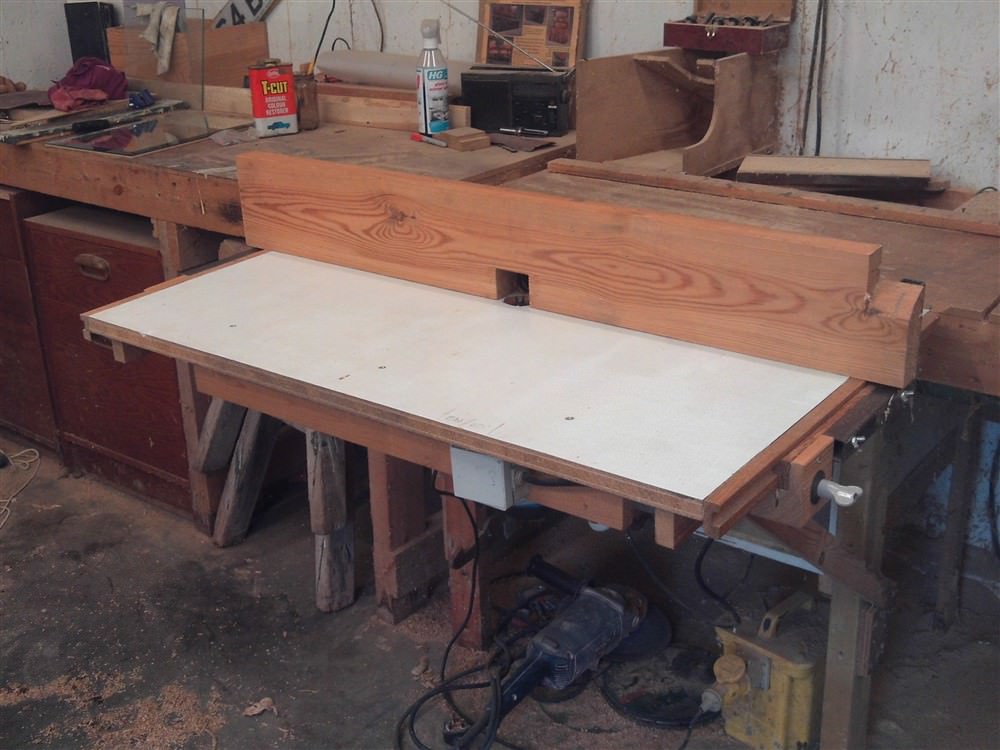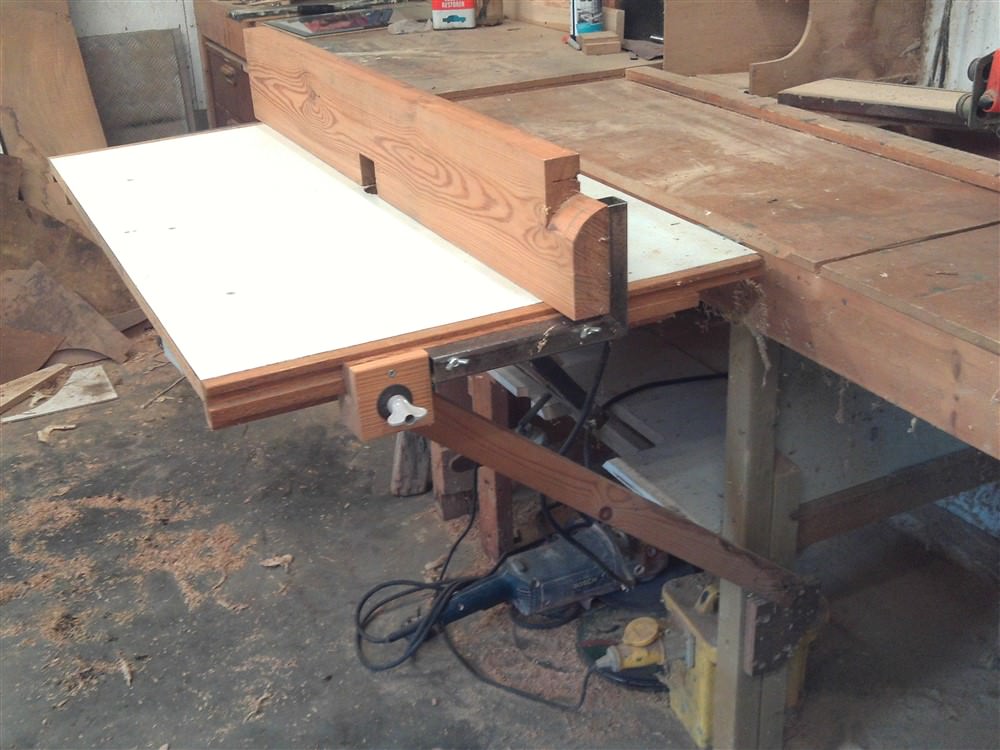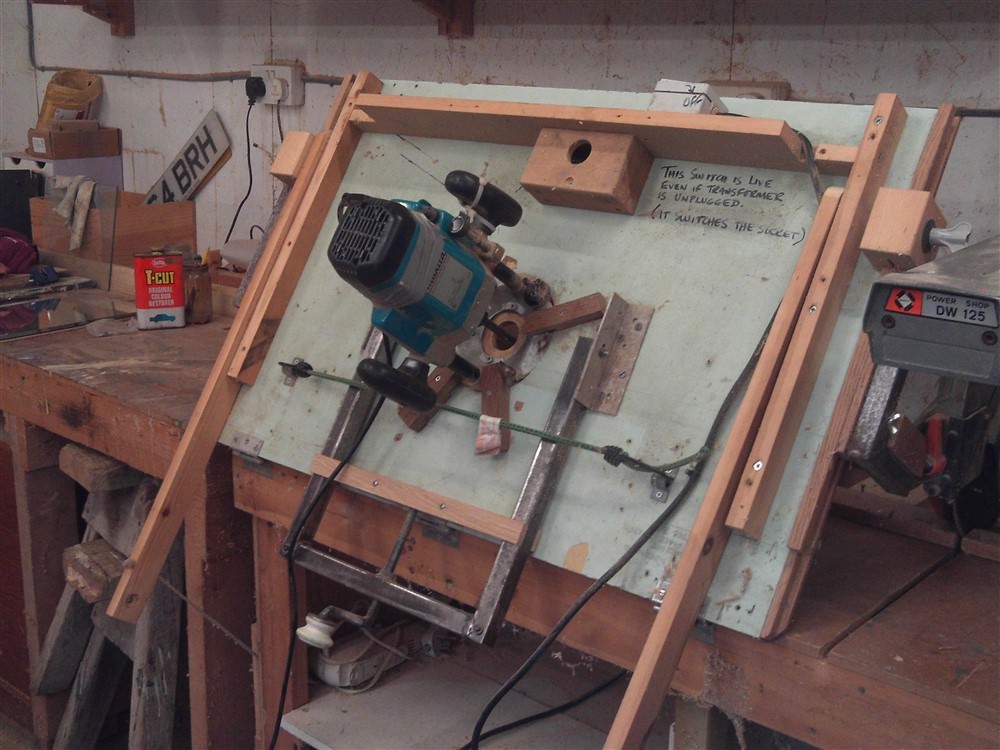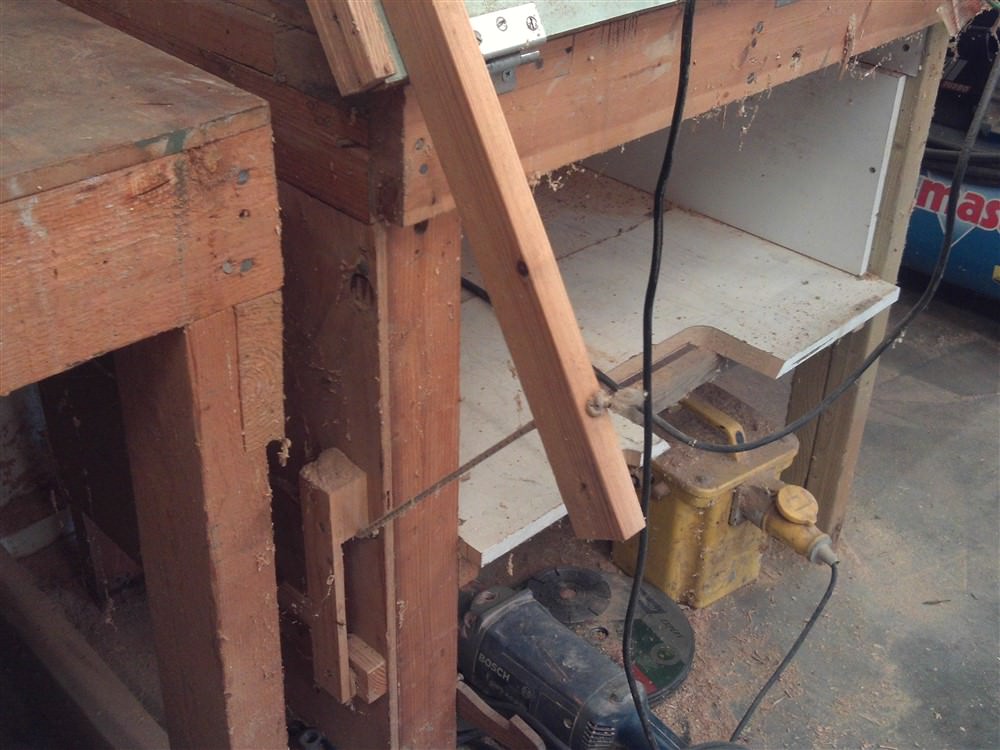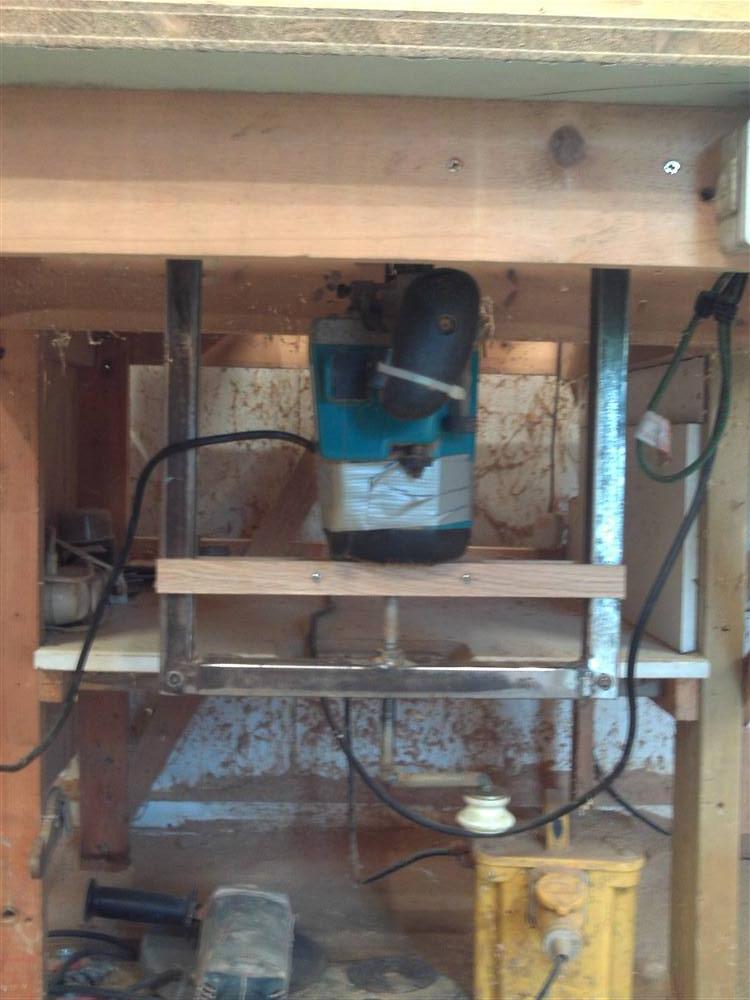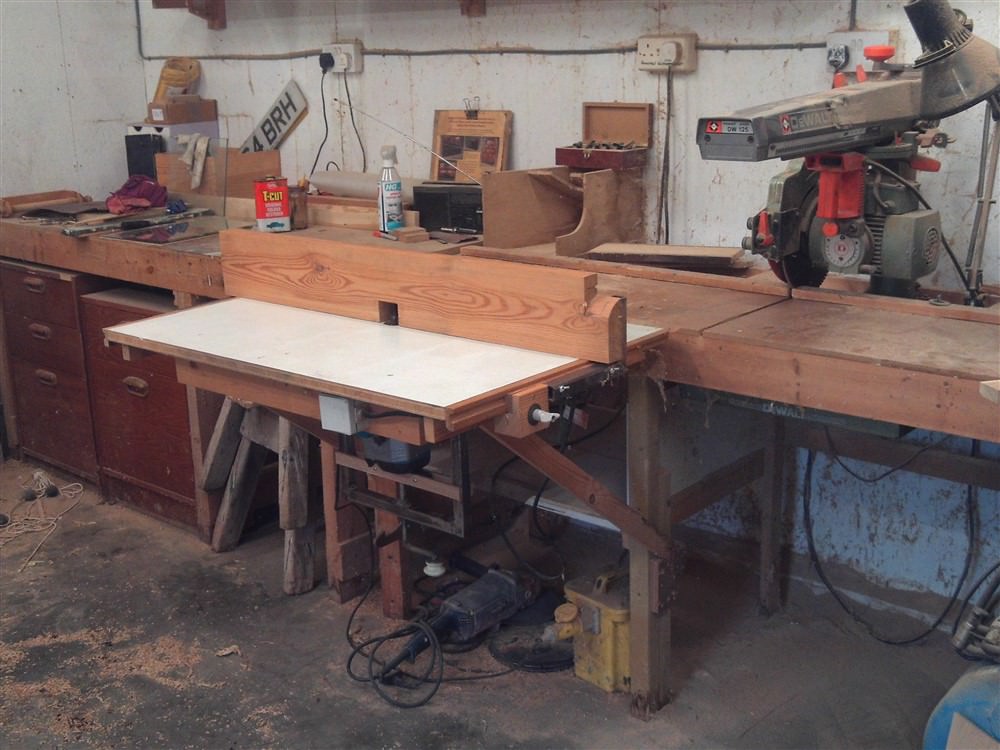Droogs
Not the Sharpest Moderator in the box
Having just got myself a new triton, I am looking at various options for the design of the router table I intend to make for it. Hoping members can suggest features that they have found useful to have as part of the set up. Have already got a thread to see if anyone has any experience with Staron but this one is for features.
It's going to be made from MDF and the top surface will be staron unless something better is suggested. One thing I am thinking is to keep the top surface as untouched as I can, apart from mounting holes for insert plate and guide in pin. Have been contemplating the use of a linear guides rather than T-track for slidy or adjustable parts, where size makes sense. All the other parts including holes will be made using the CNC at the workshop with everything drawn in solidworks or similar. So looking at recommendations for all parts including fence design, stops etc. all of it really. What suggestions have you, things for micro adjustment, attatchments etc?
It's going to be made from MDF and the top surface will be staron unless something better is suggested. One thing I am thinking is to keep the top surface as untouched as I can, apart from mounting holes for insert plate and guide in pin. Have been contemplating the use of a linear guides rather than T-track for slidy or adjustable parts, where size makes sense. All the other parts including holes will be made using the CNC at the workshop with everything drawn in solidworks or similar. So looking at recommendations for all parts including fence design, stops etc. all of it really. What suggestions have you, things for micro adjustment, attatchments etc?














































